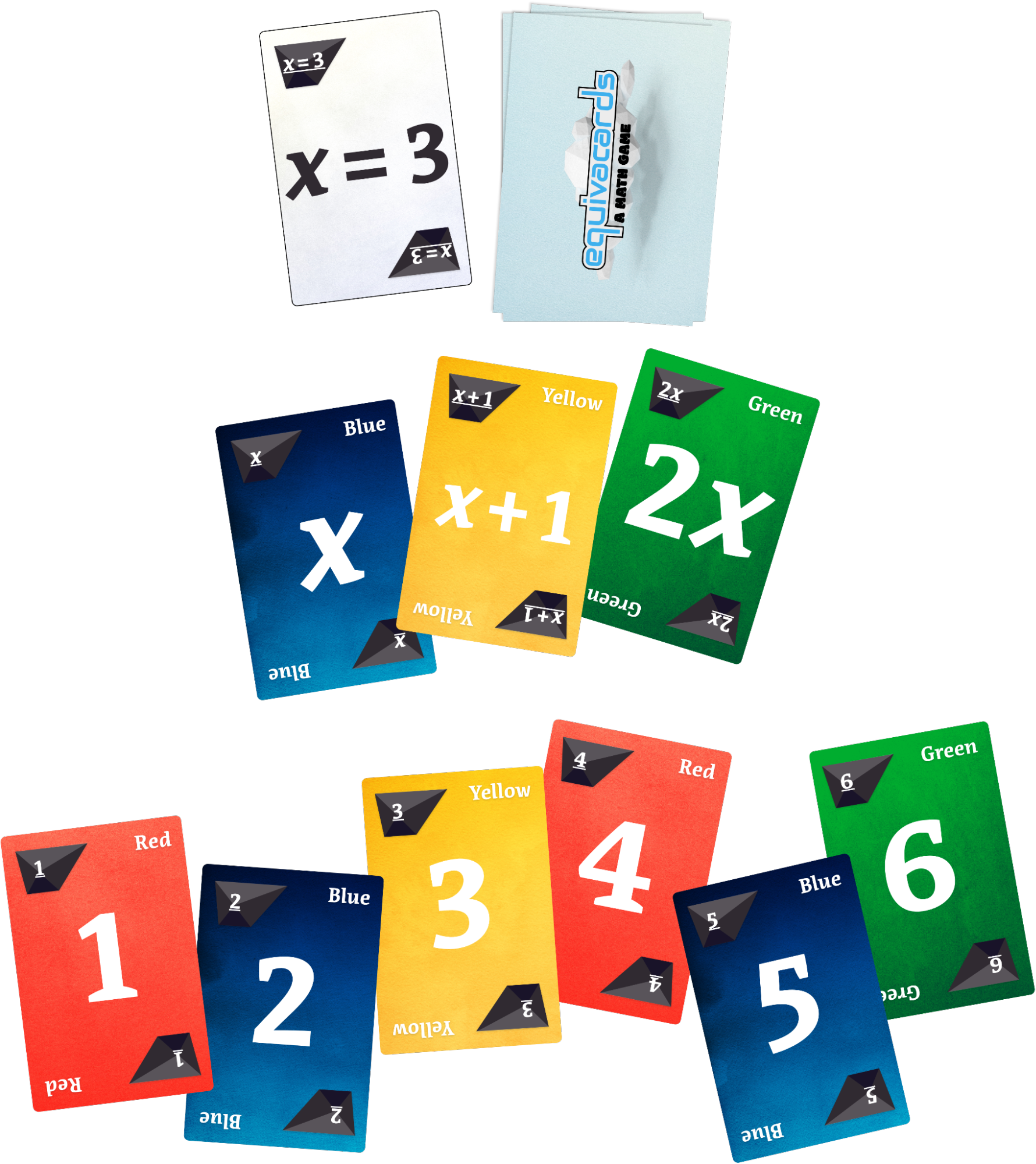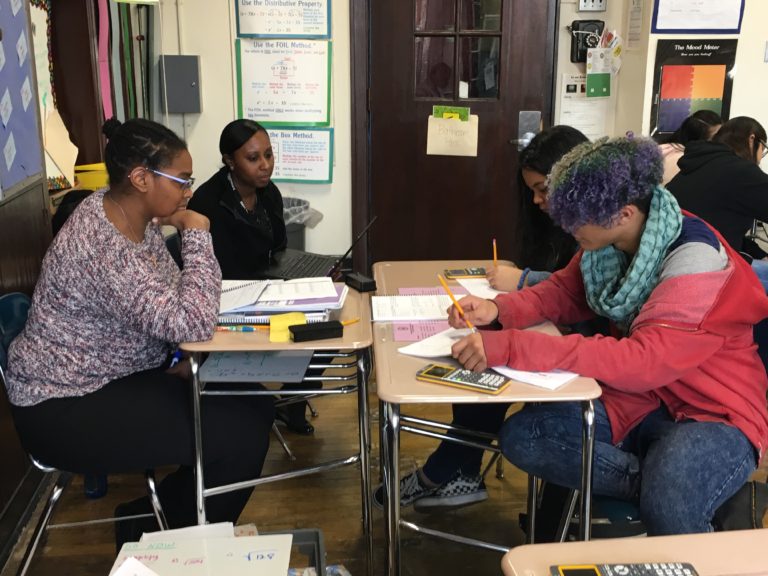
Equivicards: The Fun Math Card Game for Fluency
November 14, 2024Saga is ready to Change the Equation by changing the game! Our latest game is guaranteed to shake things up. Equivicards is an exciting and dynamic card game that takes
Efforts to increase graduation rates for high school students in the United States have had mixed results, and few successful interventions have been implemented. However, more and more research confirms that foundational math skills are critical to student achievement.
Improving math skills increases graduation rates. In fact, students who do not pass Algebra I are statistically less likely to graduate than those who do. This is a significant finding and warns a student is at risk for non-completion. Identifying this critical component of a successful high school experience is helpful, but a practical solution must be implemented to improve math literacy and, in turn, graduation rates.
Specifically, data-driven instruction and effective, personalized learning environments must be accessible for all students without burdening the public school system with costly programs or prohibitive policy-centered or logistical challenges.
Since the pandemic, math scores among elementary school students have fallen for the first time. The NAEP Long-Term Trend Assessment found that average math scores for nine-year-olds decreased by seven points between 2020 and 2022.
Test scores declined at a higher rate for Black students, with a decrease of 13 points, followed by Latino students, with a decline of eight points. White students showed a five-point decline. The NAEP findings demonstrate a widening opportunity gap for Black and Latino students and paint a troubling outlook for learners who must master foundational math skills before reaching high school.
To improve graduation rates, schools must prioritize the successful completion of Algebra I. But, in today’s public school environment, there are simply insufficient resources to support teachers and students adequately. Learning new course material is difficult for students who do not have a solid understanding of algebraic concepts.
For teachers, providing consistent remediation in class is often impossible. They are tasked with presenting new material, meeting academic standards, and establishing many critical learning objectives in a limited timeframe.
Limited resources, large class sizes, and mounting responsibilities have rendered traditional classroom math instruction ineffective in meeting the needs of a growing number of students who are not at grade level.
Students often need individualized instruction, smaller group learning, and the safety net of accountability to learn concepts deeply and reinforce skills. For many teachers, there are not enough hours in the day, minutes in the class, or reasonable opportunities to consistently work with students 1:1 or in small groups.
When students don’t have access to the personalized instruction they need to catch up, there are substantial risks to their continuing education and their futures. Research shows that students who pass Algebra I by 9th grade are twice as likely to graduate high school.
Additionally, learning loss due to COVID-19 added another complicated challenge to an already significant opportunity gap for many public school districts and the communities they serve. Student success is down overall, and districts are ill-equipped to handle the growing crisis.
Student success in math generally requires literacy and regular practice. Students must use new concepts and skills to feel confident. However, it isn’t just practice that’s needed–other critical elements include personalized instruction, effective communication, feedback, time, connection, and understanding.
Saga Education provides a proven, cost-effective, nationally recognized solution to accelerate learning, increase math course completion, and improve graduation rates. Saga uses high-impact tutoring to give students the personal attention and individualized instruction they need to overcome learning difficulties. All students can access effective interventions and deeper learning by embedding high-impact tutoring into regular classroom time.
Saga uses a high-frequency tutoring model, giving students 30-50 minutes of small-group tutoring two to three times per week. Students work with the same tutor throughout the year, giving them access to a consistent, supportive adult who can ensure they are on track with the course material and comprehend the necessary concepts to move forward. Saga tutors work in small groups, with a one-to-three tutor-to-student ratio.
To effectively implement and scale this solution, Saga uses digital learning technology to integrate tutoring into the classroom without districts spending more to hire teachers or change operations to accommodate disruptive changes to the school day.
Invested tutors and consistent relationships make it easier to monitor progress and identify areas of difficulty. Students are less likely to fall through the cracks when a tutor oversees their work and communicates with teachers and guardians. Instead of students falling so far behind that catching up to their peers seems impossible, issues are addressed head-on with individualized strategies to help students learn.

Studies show that Saga Education’s high-impact tutoring program decreased math course failures by up to 63% and helped students learn up to 2.5 years of math in one school year. This is an enormous benefit for students and schools.
The positive effects of high-impact tutoring can impact students throughout their academic careers. Successful learning in math was shown to carry over to other classes, reducing course failures in non-tutored courses by as much as 26%.
High-impact tutoring results have garnered national attention and a call to action by leaders to implement this cost-effective learning solution in schools to address learning loss and close learning gaps.
Many experts agree that the traditional classroom model will have to evolve as schools confront this massive learning loss. Students need more intensive learning to improve math skills, close learning gaps, and successfully graduate from high school.
Find out how you can bring Saga’s proven, scalable learning solutions to your students!